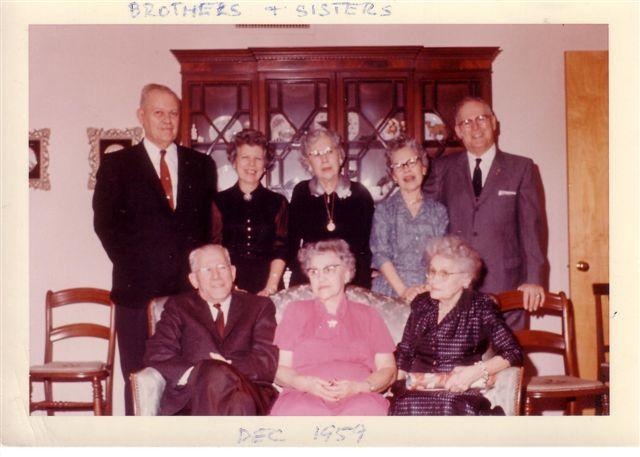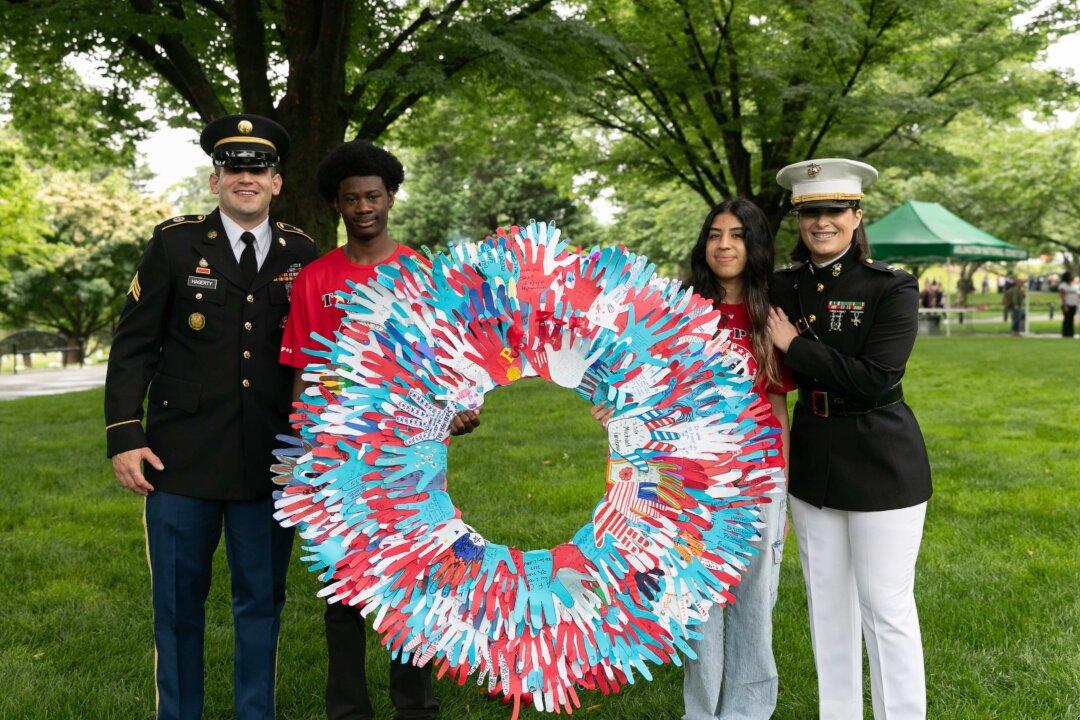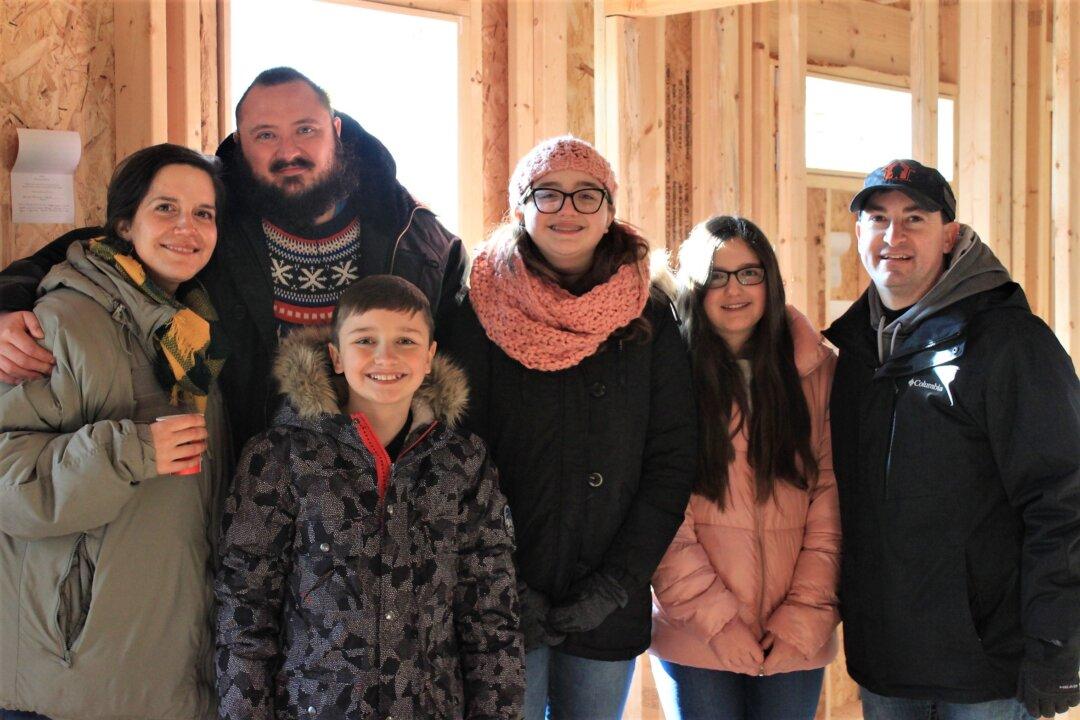Golfing legend Tiger Woods is most proud of his foundation’s work in educating youth. His TGR Foundation is led by Cynthia Court, whom he tapped in June 2023 to become CEO and expand the educational initiatives the foundation offers in under-resourced communities across America.
According to Mrs. Court, if students do not have access to qualified teachers, stable learning environments, educational resources, extracurricular activities, and advanced classes, they are less likely to graduate from high school or pursue a post-secondary education. This means that they would not be able to secure meaningful work that pays a livable wage.
In 2006, Mr. Woods first set up a TGR Learning Lab to encourage students in fifth to 12th grades to thrive in STEM (science, technology, engineering, and math) and possibly develop future careers in those fields. Since then, the foundation has established other satellite campuses around the country, in Washington, D.C., South Florida, and Quantico, Virginia.





